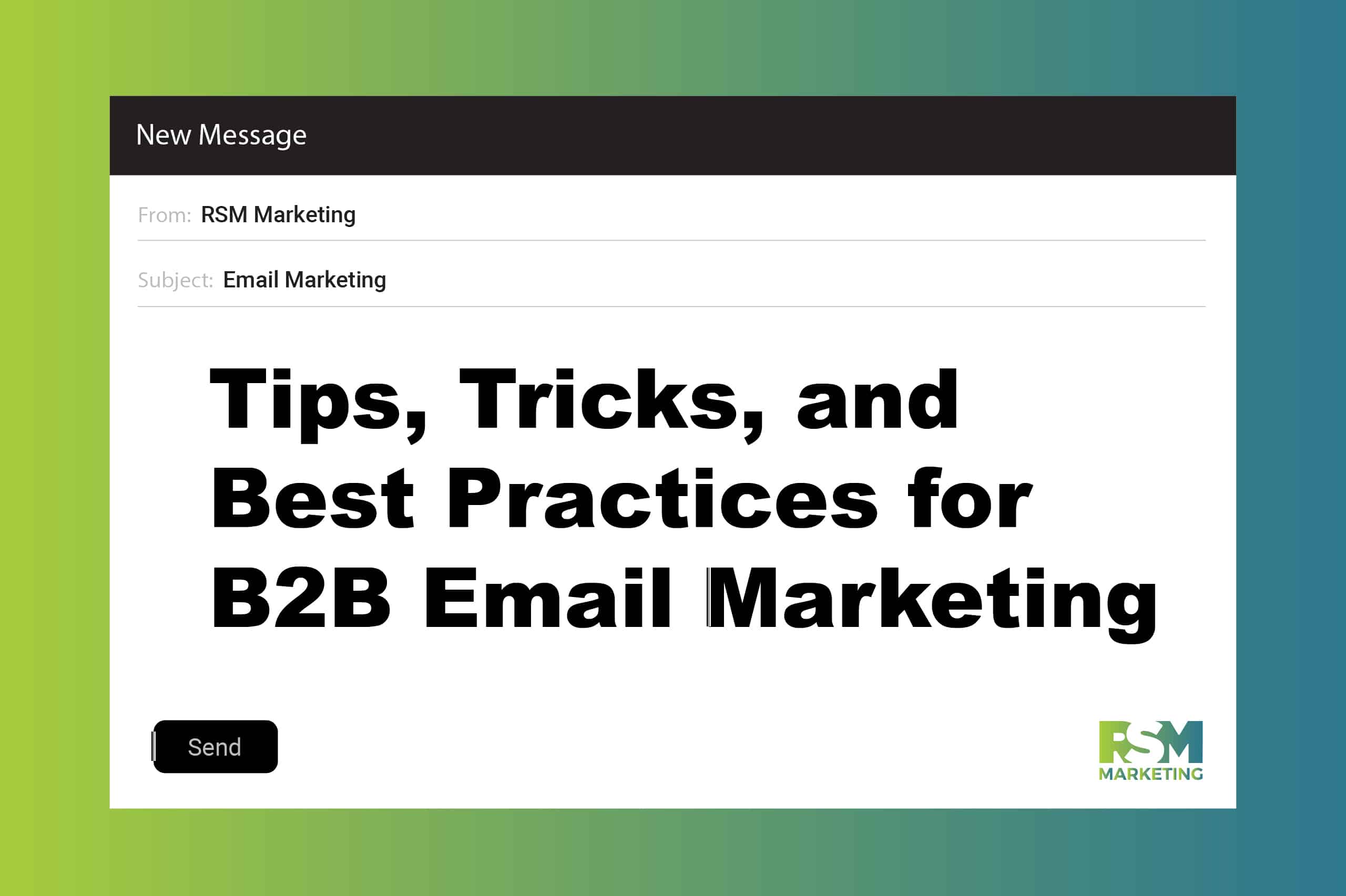Marketing Insights

The old maxim “Less is more” may be appropriate when guiding an elderly woman through her make-up routine, but not so much when it involves creating content for your website’s blog.
Just a few short years ago, the idea of burdening a reader with more than 600-word blogs seemed sadistic. Surely no one in these busy times has the endurance to slog through a 2,000-word piece of content. In recent months, however, that assumption is being rethought, as it is becoming apparent that Google favors long-form content over shorter in many cases. This is important to keep in mind when creating your content strategy.
Google Plays Favorites
The all-powerful Google algorithms are searching for valuable, rich content. It seems to be the trend that pages making it to the top of the SERP are those that exceed 1,500 words. Content that exceeds 2,500 words is even more vaunted in the search engine’s eyes. Why is this? What are the factors that the Google Webmaster seeks when ranking a piece of content?
Google looks for the content that has the most value to the user, period. A long-form piece, defined as 1,200+ words with a sweet spot at 3,000 words, if skillfully written, will likely contain more meat about the topic at hand. The reader is walked through the topic of interest in great detail and given a plethora of relevant information. These types of long-form quality blogs contrast sharply with the pithy 500-word short-form pieces (a la BuzzFeed style content) that are chocked full of images and single-sentence bites, it appears Google prefers the former.
While there is nothing wrong with short-form blog content that is stylish, well written, and manages to convey the valuable information in 500-600 words, Google will favor the long-form version of such a piece. This does not mean the writer should blather on and on redundantly, boring the heck out of the reader with fluff just to hit a higher word count. It means that within the long-form content there will be a more detailed description about the goods or services or topic at hand. More factoids mean more quality info, more long tail keywords, and more backlinks pointing back to it as an authority source. All of this translates to higher SEO rankings.
Is Long-Form Always Better?
In a word, when wondering if using long-form content is always superior to short-form, the answer is no. Long-form blog content can be completely wrong for websites that are centered around beauty, fashion, celebrity gossip, or a topic already well understood. Short-form blogs are better proportioned for delivery of information through such venues, where long-form blogs would feel tedious, boring, and like overkill.
To be recognized by Google in the first place, a piece of content must exceed 400-500 words to be indexed. So if short-form is best suited to your type of business, 600 well-crafted words with solid and useful information is a nice target for a blog. The range between 600-1200 is largely unimportant to Google, so if you are going to write 1,000 words anyway, go ahead and hit 1,500 for a much more effective ranking result. Again, this assumes the writing is high quality and the content valuable to the reader.
The Proof is in the Pudding
The bottom line with content writing for a website is how much traction it gets on the web, and how many shares it might garner on social media platforms. BuzzSumo is a website full of useful data regarding the factors that impact how content performs online. They tested various formats of content to determine which types were shared the most, and, you guessed it, the larger the word count, the more shares were attributed. Who knew? The assumption that this “dumbed down” society is not interested in spending time reading in-depth “novels” about a particular topic on a social media site is simply inaccurate.
This doesn’t mean you should abandon short-form content and bury readers in mountains of words, however. Mixing the two forms is the best practice for user experience and SEO ranking benefits combined. For example, instead of scheduling four short-form 600-word blogs for your site each month, try a mix of two or three short pieces to one nice long one.
“It Don’t Mean a Thing if it Ain’t Got That Swing”
When it comes to creating any form of content, quality is king. Sure, you can find college kids on UpWork who will gladly create a blog for five bucks, but if you want your brand to be represented as an authority in a given field it pays to pay up for great writing talent. A skilled writer can create something that smoothly flows from subheading to subheading, keeping the reader engaged until the call to action at the end of the 2,000 word piece.
Listicles, those “8 Ways to Unplug a Sink” type pieces, are a great vehicle for achieving a long-form piece without much effort, as each of the items on the list will require a summary. This quickly adds up to 1,500+ words and will keep the reader on board throughout the piece. If the content isn’t pitch perfect yet, go ahead and publish it anyway—get those keywords working for you—and then go back in and fine-tune the piece. In the land of the SERP, content must first be published and indexed, and, as it turns out, the more words it contains the better.
Want Some Help?
That’s what we’re here for! Whether you need some guidance on moving in the right direction or a whole lot of marketing muscle—the experts at RSM Marketing can make it happen.
Start with a simple conversation! Complete the form and one of our team members will be in touch.




